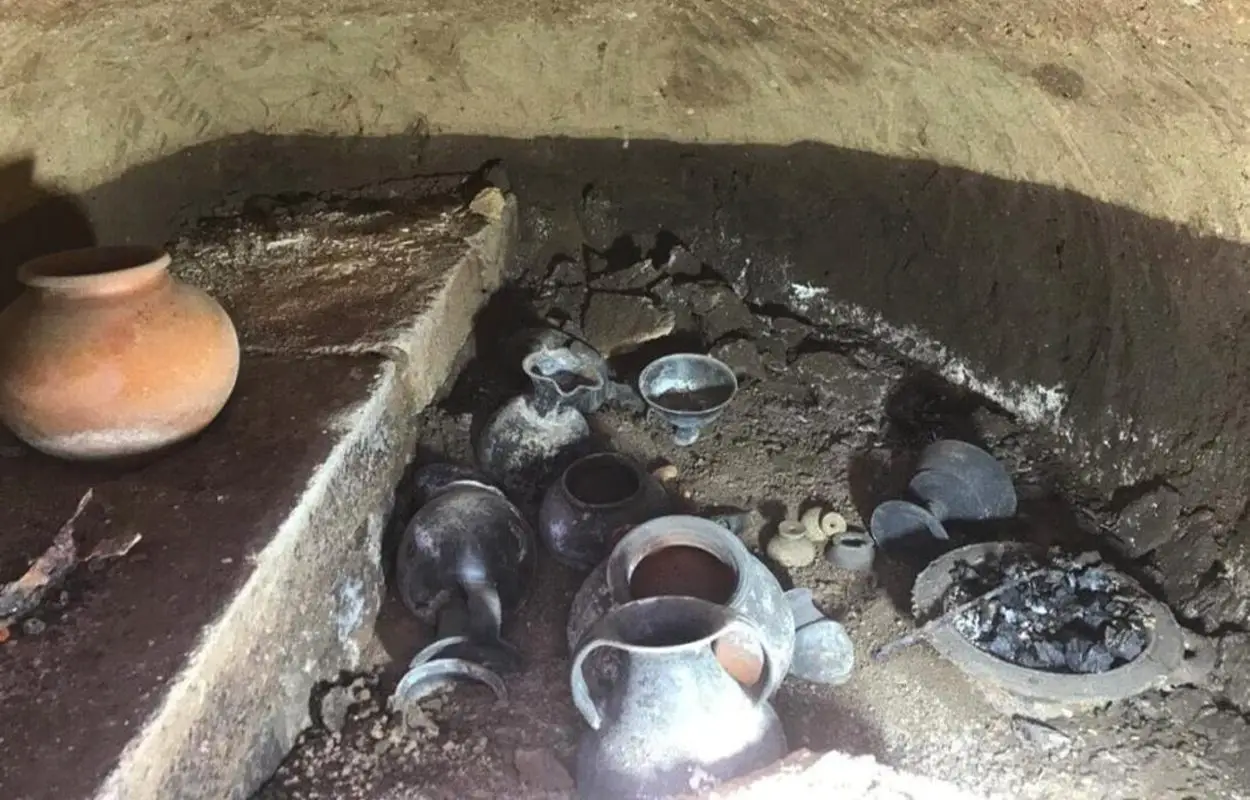A team of archaeologists have discovered an Etruscan tomb during excavations in Vulci, an ancient Etruscan city in present-day Lazio, central Italy.
Vulci, named for the Vulci people, one of the twelve people of the Etruscan civilisation, was a major Etruscan city which developed from a trade in precious metals mined in the Colline Metallifere hills.
During the 6th century BC, Vulci enjoyed a prosperous period of power and affluence, dominating over cities such as Orbetello, Saturnia, Sovana, Castro, Pitigliano, and Marsiliana.
This era marked its golden age, characterised by a thriving trade in exquisite Attic pottery, valuable oriental balm, and unique, finely-crafted jewels to cater to the desires of its affluent populace.
During the Roman–Etruscan Wars, the Romans took the coast from Vulci, cutting the base of their power which led to the decline of the city. The Etruscan league splintered apart during the war and the Etruscans were soon assimilated into the expanding Roman Republic.
Excavations in Vulci have recently discovered an Etruscan tomb dating from the 6th century BC in the Osteria necropolis. The tomb is a rock-cut tomb carved directly into tuffaceous rock, which was sealed shut by two slabs, each measuring 60cm in width and weighing 40kg.
Inside the tomb is a burial belonging to an Etruscan woman, who was found placed inside an urn on a rock-cut platform. Various grave goods were deposited beneath the urn, including ceramics, a chalice, a spindle, and a traditional brazier with spit used in funerary rites.
Director of the Vulci Foundation, Dr Carlo Casi, said: “An analysis of the human remains will further add to our study of the subjects already discovered in this sector of the necropolis of the Osteria and the Etruscans of Vulci.”
Header Image Credit : Vulci Foundation





